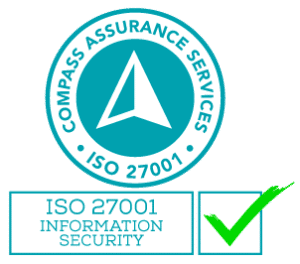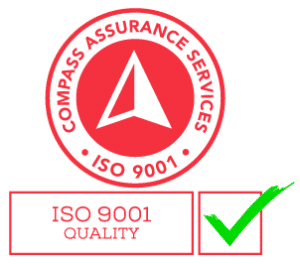Today, businesses of all types and sizes operate in a hybrid work environment. From start-ups to global enterprises, organisations of every size are choosing to adopt a collaborative, mobile, and connected workforce.
However, with the increased use of digital technology, the typical office setting has become a less secure and inefficient work environment. According to a recent study, 63% of high-growth companies worldwide have adopted a productivity anywhere workforce model.
The advantages of a hybrid work environment have made many businesses reconsider their future in the digital age. To remain competitive in an increasingly digital world, you need to adopt a more agile and adaptive approach to your technology.
IT security is vital
In a hybrid work environment, the same old IT security principles apply. That is, you must put strong controls in place to protect sensitive data.
Key considerations to make when selecting the best IT security solution for your hybrid work environment:
Threats
Know your threats and be aware of how they penetrate your network. This will help you tailor your security strategy to protect key assets.
Vulnerabilities
Identify the weak points in your current IT architecture and network boundaries and fill in with appropriate controls.
Risk
Overall, what is the impact of a breach if something goes wrong? What are the business impacts if data is stolen or compromised? What are the reputational impacts if sensitive data is accidentally exposed?
Optimising performance
Even with advanced security measures in place, you might find that the performance of your network is relatively low. By adapting your business processes, you can improve the efficiency of your hybrid work environment by optimising the use of resources.
Balance workloads
By balancing work across the hybrid work environment, you can increase performance and allow all employees to handle their own tasks without becoming overloaded.
Automate processes
You can outsource repetitive tasks such as data entry, data analysis, and report generation to reduce the load on your IT team.
Use the right tools
Select the right tools for the right job. For example, you would use cloud-based communication tools when collaborating with remote colleagues, while a virtual desktop solution would be more appropriate when all team members are in the same office.
Multi-factor authentication
Multi-factor authentication is becoming a standard security practice. It involves using something you have (such as a password or a device token) as well as something you know (such as a PIN or a passphrase).
Password-based authentication is a common form of multi-factor authentication. In this case, you would use a unique combination of your email address and password to log in. Be careful when choosing your password as it should be long and obscure.
Device-based authentication involves the use of an authenticator app on your phone. You would typically set up multi-factor authentication with these apps when logging in from a new device.
Transition to cloud-based solutions
Many businesses are choosing to transition to the cloud, either in part or in full, to meet their technology needs. The security and efficiency of the cloud, when properly implemented, can meet the needs of a hybrid work environment.
A managed service provider is a good choice for businesses looking for an integrated approach to cloud adoption. These providers handle every aspect of the cloud solution, from procurement to operation, to help you get the most out of your cloud investment.
A hybrid model involves hosting some operations in the cloud and some on-premises. This model can work well for businesses that need a tight control over data, such as healthcare providers and finance firms.
Software as a Service (SaaS) enables you to use a software solution without having to install it on your own computer. SaaS applications are easier to use when you are using a remote device, such as a virtual machine or a mobile app.
Digital workplace solutions
Digital transformation is changing the way people work. In a hybrid work environment, employees need access to a range of tools that allow them to work productively, while also being able to collaborate with colleagues and access corporate data when and where they need it.
Engaging in team-building activities online, such as virtual team building, can help build team spirit and foster a remote work culture.
On-demand learning provides employees with the knowledge they need to perform their jobs effectively. This subscription-based service lets you assign individualised learning paths for employees, based on their needs.
Companies are increasingly allowing employees to use their own devices for work. This gives employees more flexibility and control over their technology. However, it is important to make sure that these devices are properly secured.
Discover the right IT solutions for your hybrid workforce
A hybrid work environment presents unique challenges for IT security. To optimise performance and IT security in a hybrid work environment, you need an adaptive, agile approach. You also need to carefully evaluate your existing IT infrastructure and make appropriate adjustments to keep pace with the evolving demands of the digital workplace.
The IT consultants at Steadfast Solutions can help you discover IT solutions that suit the way your hybrid workforce operates, to increase performance and security. Talk to them today and boost your business.




